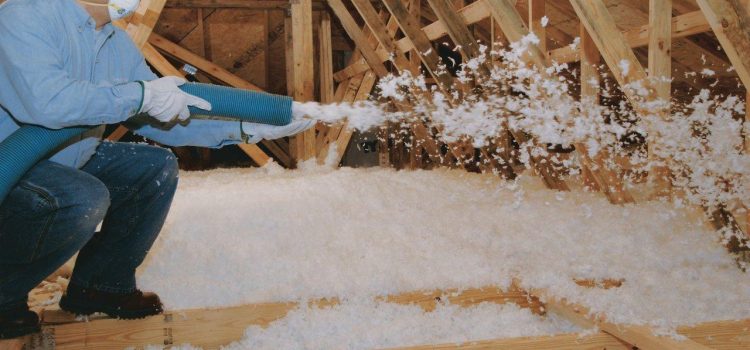Winters are coming, and that calls for a quick remodeling of the house. This remodeling aims to make your home warm and cozy so that you can have fun and enjoy the season while you continue to carry out your regular daily routine. One of the best ways to warm up the house is to get home insulation done for it so that you are all covered. Now insulation has many types, so you might be confused about which one to go for. Keeping that in mind, here is a list of the four most common types of insulation and some details about them;
Blanket Batt and Roll Insulation
It is one of the most common, inexpensive, and easy to install type of insulation. Blanket batts and rolls are made up of fiberglass, and it is also available in cotton and plastic fibers. They can be installed in unfinished walls and floors as long as they are adequately supported. They are often used over existing installations or in crawl spaces, and thus it acts as a blanket. They are installed by fitting them between studs, joists, and beams as they come in those standard widths. Continuous rolls can be trimmed as well.
Spray Foam Insulation
If you realize that there are no wall cavities where you could put or fit other insulation types, spray foam comes to your rescue. As the name suggests, spray foam is sprayed on the given surface; it expands to fill the spaces and hence blocks the outside air and noise from reaching your home. It is poured over the roof, walls, and into the attic surfaces, which helps it reduce air leakage. There are two types of it; open-cell and closed-cell insulation. The open cell is spongier while the closed-cell is more rigid and stable, and as a result, it keeps the wall strong. Whatever type you opt for, keep in mind that it has chemicals, so it is better to get it done by professionals rather than trying your luck at it.
Loose-fill and Blown-in Insulation
Loose-fill insulation consists of small particles of foam and fiber. Since this insulation is made up of tiny particles, it can fit any space without affecting the structure or the finishes. The particles are made up of fiberglass, mineral, or cellulose, and all of these materials are recycled waste products. This makes it environmental-friendly too. Blow-in insulation is applied using a blowing machine that blows paper-like stuff. It is also made up of similar materials like the loose fill. It is more useful in spaces which are not easily accessible, and as a result, it can be easily blown over there.
Radiant Barriers and Reflective Insulation
It is a very different form of insulation as compared to others. As the name explains, radiant and reflective insulation doesn’t conduct the heat flow; instead, it works by reflecting heat falling on surfaces like roof due to the sun to prevent heat gain and radiant heat transfer to comparatively more relaxed surfaces within the house. This is usually placed in the attic, and it uses aluminum foil, kraft paper, or polyethylene bubbles. It is mostly used in areas that have hotter weather conditions.
Winters can be tough to get through if you haven’t prepared your house enough. Spending money on heating systems can be very heavy on your pockets. A better solution for it is to get your home insulation done by experienced professionals so that you have one less thing to worry about. So, start your research, see which insulation type works for you, and get the work started!
